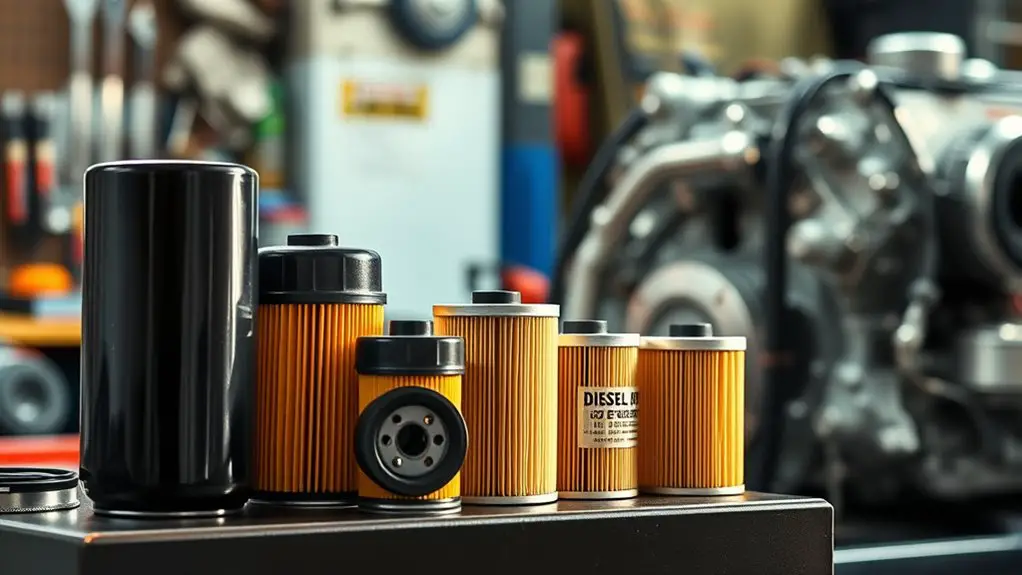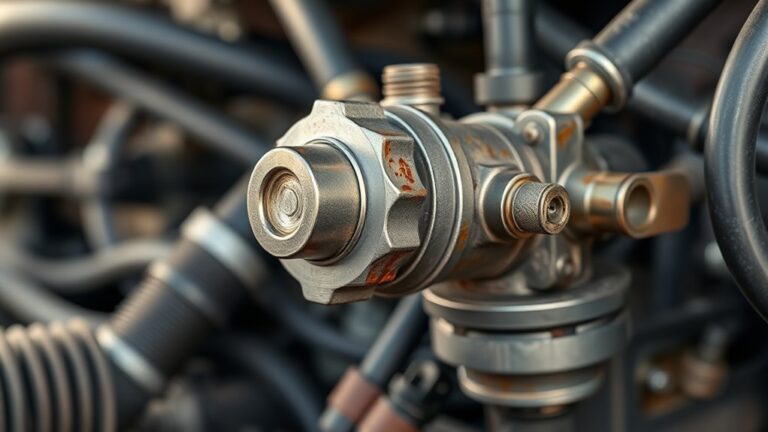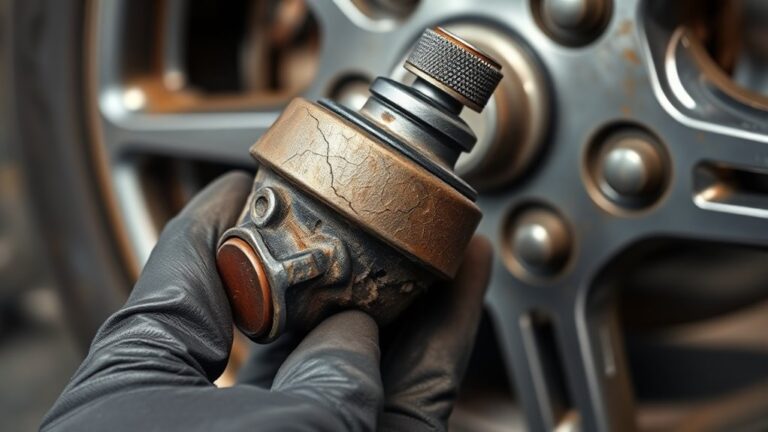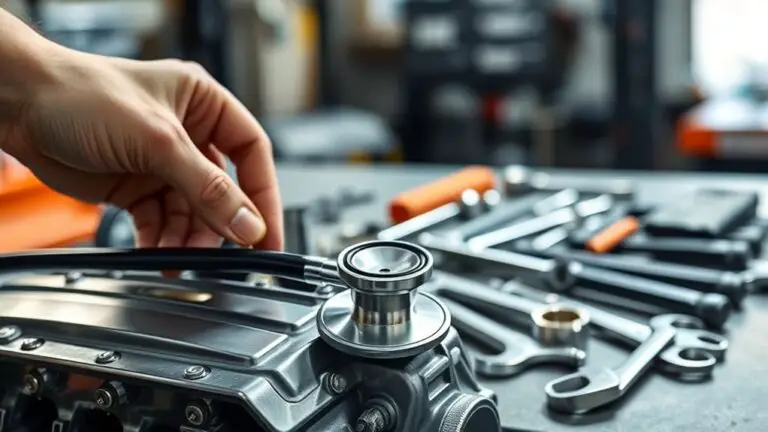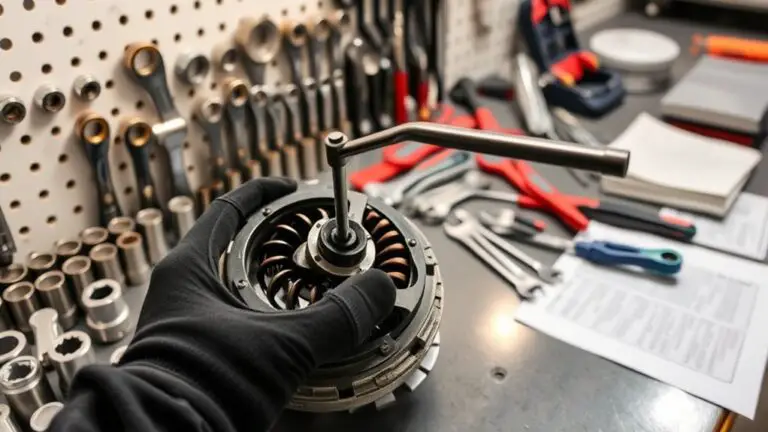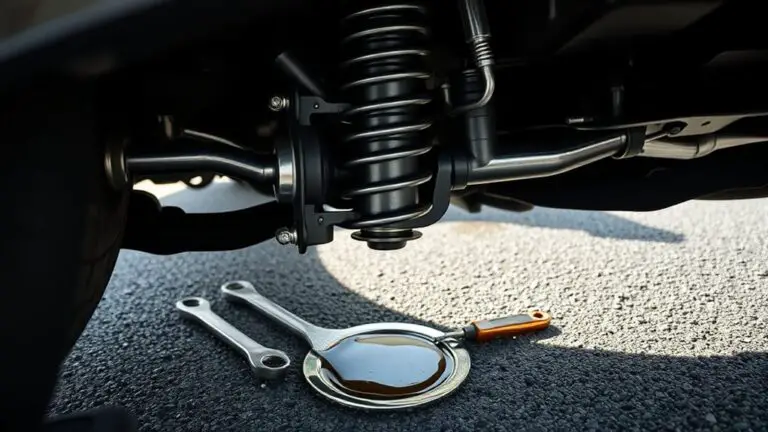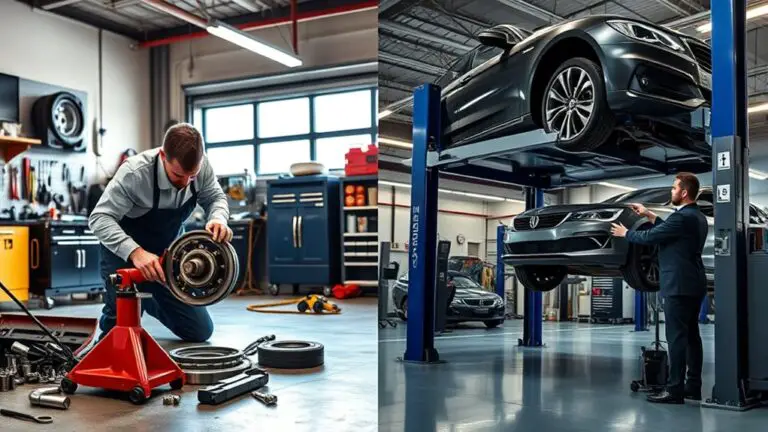How to Choose the Right Oil Filter for Your Diesel
To choose the right diesel oil filter, match its filtration rating, micron size, and flow to your engine’s duty cycle and oil type. Diesel filters should balance depth-loading media with pleated surfaces to trap soot and metals while maintaining oil pressure. Prioritize higher efficiency at low microns without causing excessive pressure drop, and guarantee compatibility with your engine seals and gasket materials. Record baseline oil pressure and change intervals; if you keep going, you’ll uncover more practical specifics.
What Makes Diesel Oil Filters Different
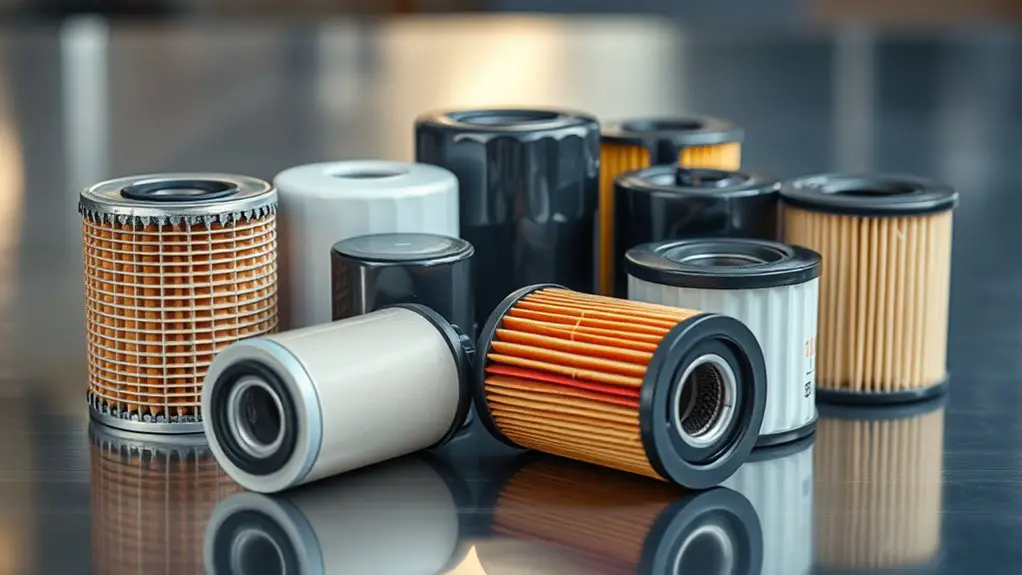
Diesel oil filters differ from gasoline filters mainly in their filtration targets and capacity. You’ll focus on protecting high-compression engines and fuel-injected systems by trapping soot, particulates, and wear metals generated during combustion and lube circulation. Diesel filtration prioritizes larger contaminant loads and prolonged service intervals, so your filter must withstand higher dirt loads without bypassing. Expect a stricter balance between flow and filtration efficiency, with materials and geometries tuned for heavy hydrocarbon matrices and fuel contaminants. Filter materials are selected for thermal stability, chemical resistance, and low common-mode leakage, ensuring consistent performance across temperature swings. Filtration media often combines depth-loading elements with pleated surfaces to capture both macro and micro particulates. In practice, you’ll measure baseline filtration capacity, pressure drop under load, and contaminant retention, then verify compatibility with ultra-low sulfur diesel and biodiesel blends. This approach supports reliable operation, reduced injector wear, and cleaner lubrication, aligning with diesel filtration objectives.
Key Specs to Look For: Filtration Rating, Micron Size, and Filter Type
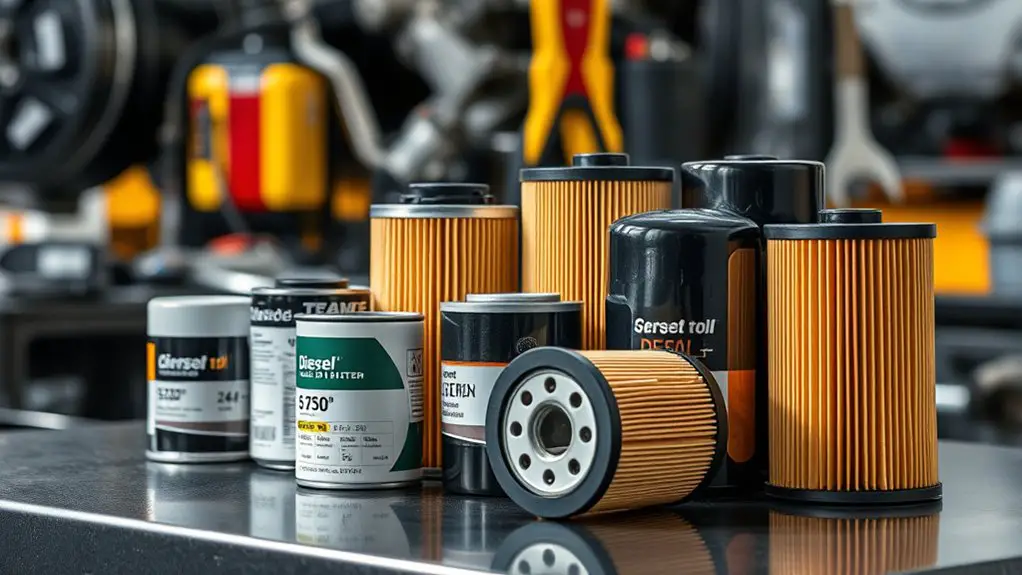
Choosing the right specs starts with matching filtration rating, micron size, and filter type to your engine’s demands. You’ll evaluate filtration rating as the governing clearance for contaminant removal, expressed by beta or efficiency at a target micron. Quantify performance: aim for higher efficiency at low micron thresholds while ensuring acceptable flow and pressure drop. Micron size dictates what passes through; smaller numbers remove finer particles but may raise resistance, affecting flow stability. Filter type matters: full-flow codifies continuous lubrication protection, while bypass variants handle extreme contaminants when needed. Compare filtration technology across brands—note 자료-backed test results, not marketing claims. Confirm oil compatibility by checking seals, gasket materials, and media compatibility with diesel oil formulations and extended-service intervals. Your selection should balance filtration efficiency, achievable flow, and durability under your operating cycle. Document compatibility matrices and verify replacement intervals against engine service specs to prevent workflow disruption and maintain long-term reliability.
Matching a Filter to Your Engine and Driving Conditions
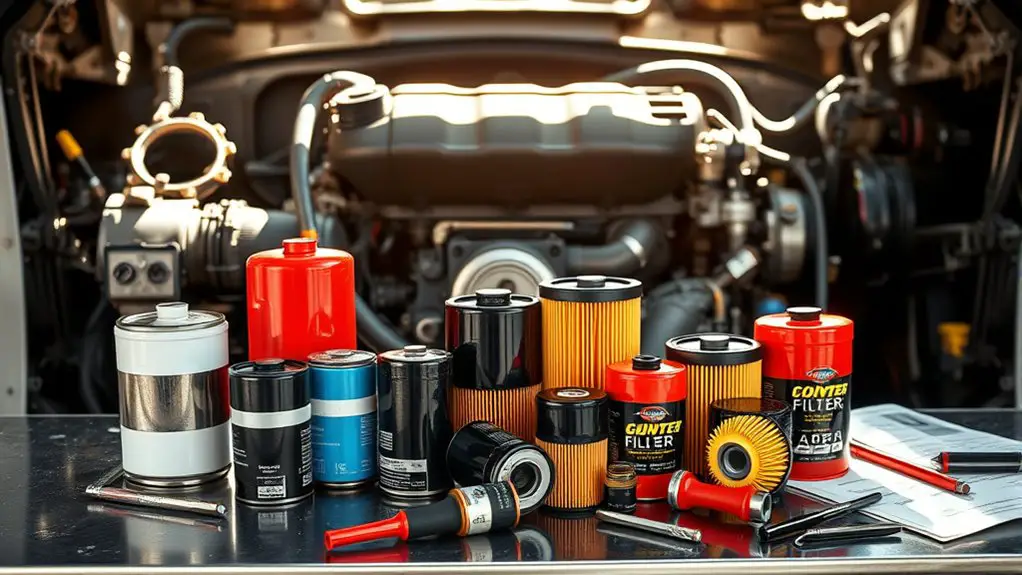
To match a filter to your engine and driving conditions, start by mapping key operating variables—oil temperature range, engine load, and duty cycle—to your filtration requirements. You’ll translate those metrics into target contaminant tolerance, flow capacity, and filtration type. Consider engine compatibility and how driving habits alter duty cycles, load spikes, and cold-start exposure. A disciplined approach yields a filter that minimizes bypass risk and maintains steady oil cleanliness across operating envelopes.
| Variable | Target Range | Impact on Filter Selection |
|---|---|---|
| Oil temperature | Low/Medium/High | Affects viscosity, flow, and filtration efficiency |
| Engine load | Light/Moderate/Heavy | Determines contaminant generation and filter capacity needs |
| Duty cycle | Short/Intermittent/Continuous | Guides endurance, bypass tolerances, and change intervals |
Choose a filter whose rated efficiency, oil flow, and bypass pressure align with your engine compatibility and expected driving habits. This guarantees reliable protection under real-world conditions.
Common Mistakes to Avoid When Choosing and Replacing
Common mistakes can undermine filtration performance and protective margins, so start by confirming the target specs before you buy or replace. You’ll encounter three critical pitfalls: misreading oil viscosity ranges, selecting filters with incompatible base metrics, and underestimating flow requirements. First, verify oil filter compatibility against your engine’s specification sheet, including thread size, diameter, and gasket thickness, because a mismatch can throttle flow and raise bypass risk. Second, quantify the filtration rating you need (micron size, overall efficiency) and guarantee the chosen unit meets or exceeds OEM standards under expected temperatures. Third, assess installation reliability by avoiding overtightening, crush-fit seals, or damaged O-rings, which contribute to oil leaks and premature bypass. Track maintenance cadence using a reproducible checklist: verify part numbers, confirm torque targets, and document batch data. Avoid generic “one-size-fits-all” choices; precision selection sustains lubrication, minimizes contamination ingress, and preserves engine life through disciplined, measurable decisions such as oil filter compatibility and installation errors.
How to Change Filters Correctly and Know When to Replace
Changing filters correctly and knowing when to replace them hinges on a repeatable, data-driven procedure. You start with a documented baseline: record oil type, engine hours, and baseline pressure drop. Track pressure after each change and compare to established thresholds. Use clean tools, wear gloves, and dispose of spent filters per local regulations. Inspect the filter housing for cracks, gasket integrity, and O-ring condition; replace if any compromise is found. After service, purge air from the system and recheck for leaks. Maintain a log noting filter model, batch, and observed contaminants. Analyze trend data to determine replacement frequency; shift to predictive intervals as you accumulate data. When in doubt, align with manufacturer-recommended intervals, then validate with performance metrics. This disciplined approach supports filter maintenance and optimizes replacement frequency without guesswork.
| Parameter | Method | Target |
|---|---|---|
| Baseline | Record | Oil/type |
| Monitoring | Pressure drop | Threshold |
| Verification | Leak check | Clear |
Frequently Asked Questions
Do Diesel Filters Affect Fuel Economy or Performance?
Diesel filters can impact both fuel economy and performance modestly. If flow is restricted or contaminants bypass the fuel system, you’ll see reduced injector efficiency, slight fuel use increases, and potential power dips. Regular filtration preserves engine longevity by keeping contaminants out of the fuel system and maintaining ideal spray patterns. In practice, a clean filter sustains consistent pressure, minimizes injector wear, and supports predictable, efficient operation for sustained performance and extended engine longevity.
Can I Reuse a Diesel Oil Filter After Cleaning?
Can you reuse a diesel oil filter after cleaning? Generally, no. Reuse risks bypassing filtration, clogging, and contaminant carryover. If you insist, inspect for tears, cap gasket integrity, and pressure-test before reinstallation, but replace if any doubt persists. For filter longevity, rely on proper replacement schedules, not cleaning. Cleaning methods may remove sludge, but won’t restore pore integrity. Track differential pressure, stay within manufacturer specs, and avoid compromising engine protection.
How Do Recalls or Warranties Impact Filter Selection?
Recalls or warranties influence filter selection through recall implications and warranty considerations that you must quantify before buying. You’ll compare part numbers, note if recall service requires specific filters, and verify coverage limits, replacement timelines, and labor claims. Methodically, you measure compatibility, OEM recommendations, and extended guarantees. You balance risk vs. cost, documenting supplier recall notices. You insist on documented warranty terms, and choose filters that maintain performance under recall scenarios while preserving freedom to operate without gaps.
Are Aftermarket Filters as Reliable as OEM for Diesels?
Like a precision compass amid fog, you’ll find aftermarket quality can meet OEM reliability, but you must verify specs. You’ll compare filtration efficiency, micron ratings, flow rates, and bypass pressures. In practice, assess filter compatibility with your engine’s oil pressure targets, insertion depth, and seal geometry. When specs align, aftermarket quality rivals OEM; otherwise, risk oil ingestion or bypass failures. Always test with manufacturer torque specs and maintenance intervals for diesel applications.
What Disposal and Recycling Steps Apply to Used Filters?
You should follow strict filter disposal procedures and choose recycling options that minimize environmental impact. You’ll drain and capture used oil, seal the filter in a certified container, and log weight and date for compliance. Then, you’ll transport to an approved facility or participating retailer. Expect filtration-to-energy recovery options, or metal recycling as standard. Quantify emissions avoided, track custody, and guarantee categories meet local regulations. This methodical approach offers freedom through responsible, repeatable practices.

